KEV Design Studio負責人、國立台灣師範大學設計系兼任講師
Owner of KEV Design Studio、Adjunct lecturer at NTNU Department of Design
Article of famous designers
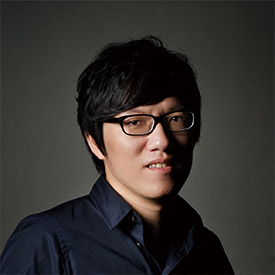
KEV Design Studio負責人、國立台灣師範大學設計系兼任講師
Owner of KEV Design Studio、Adjunct lecturer at NTNU Department of Design
Design is learning through understanding how things work
The reason that industrial design is fun is because designers get hold of countless and varying products from around the world. Through understanding, using, disassembling, and even destructing products, we learn how things work and how they are manufactured. And then we find room for improvement and eventually bring better and more convenient results to our lives by designing more advanced, more satisfying and upgraded products.
In addition to spending abundant time to actually use and experience the design to discover the problems, designers also shoulder the responsibility of the aesthetics of products in all sort of design cases: balance the product function and manufacturing cost, and elevate the attractiveness of the product. It might seem such process is self-repeating. However, each design case has its unique objective, like rivers running down from the mountaintop that form their own distinctive sceneries. One could also challenge the aged custom and attain new directions or approaches in order to develop products with potential demand, and create unprecedented new value.

Pic(1) Photoframe
Back in the days when digital cameras were but Wi-Fi was not popular, people could only sit in front of a computer if they wished to share pictures. The emergence of Photoframe (pic 1) allows the display of pictures to be in all corners. For elderly who are not good at computers, they could easily share their photos. The design of Photoframe not only infused the technological element, but also preserved the traditional image of a frame. It was an ideal gift and a home decoration. The design won the iF Design Award, Red Dot, Good Design Award, I.D. Magazine Award, Taiwan Design Award, and became a bellwether of other brands.
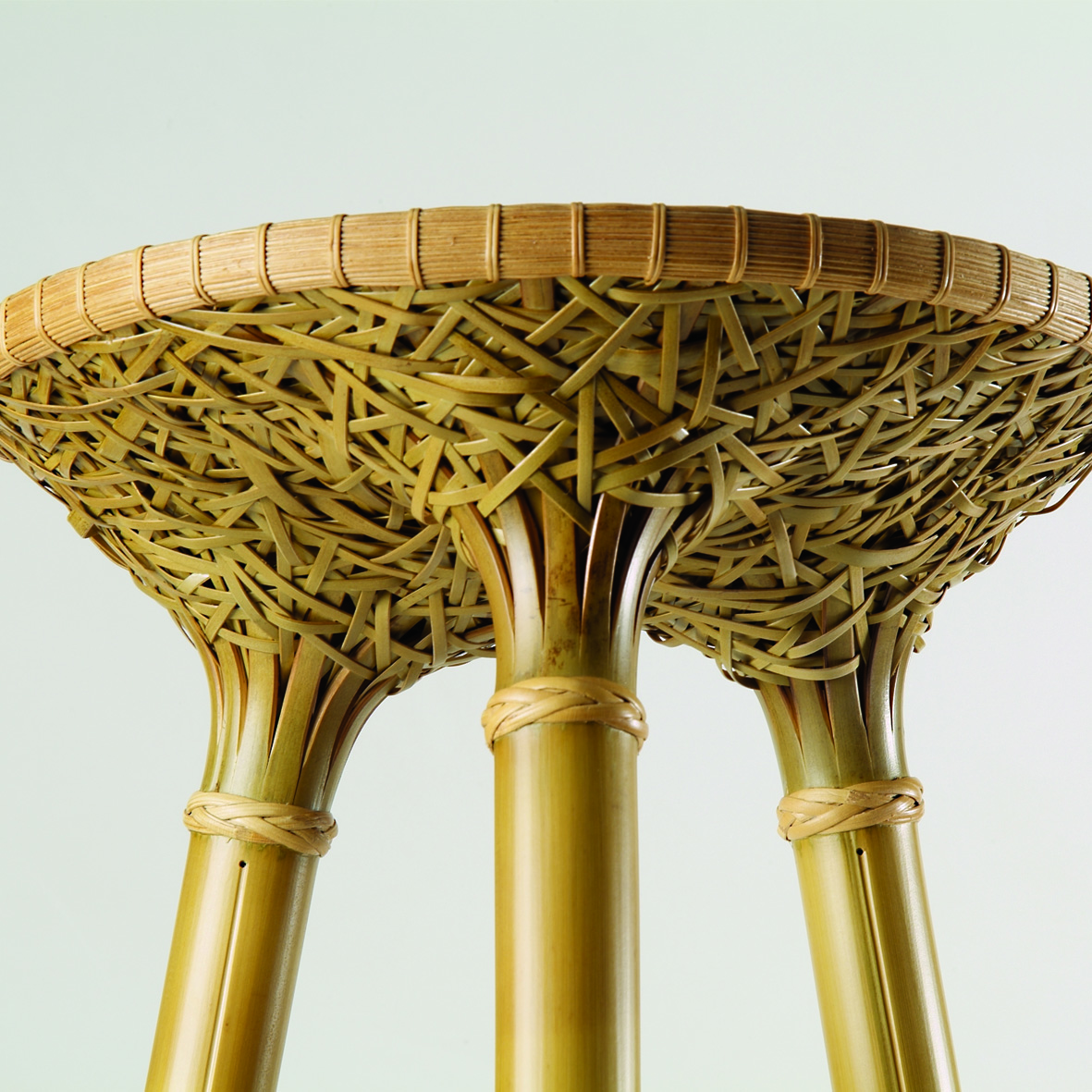
Pic (2) Bambool
The irreplaceable Bambool (pic 2) was the result of understanding the material. The various features of one single material are combined to a design through traditional craftsmanship, which modern manufacturing and materials make no equal to. It won the 2008 Maison & Objects “coup de cœur” by AVANTAGES Paris furniture and the 2009 Red Dot Design Award.
Design observation is a model of thinking that builds perspectives
A designer might have never come across the products he/she takes on, and might know not even the slightest about the product users. This is when design observation becomes important. Observation is not simply taking photos, recording, making questionnaires for research and finding the instinct reflection within the designer. If one only records what one sees and looks for information online, then the question spotted by designers all over the world would be the same. Design observation should include thinking, so that value is added to it: explore the cause of the problem, research into the hidden goal or objective, free oneself from the stereotype, and build one’s own unique perspective.
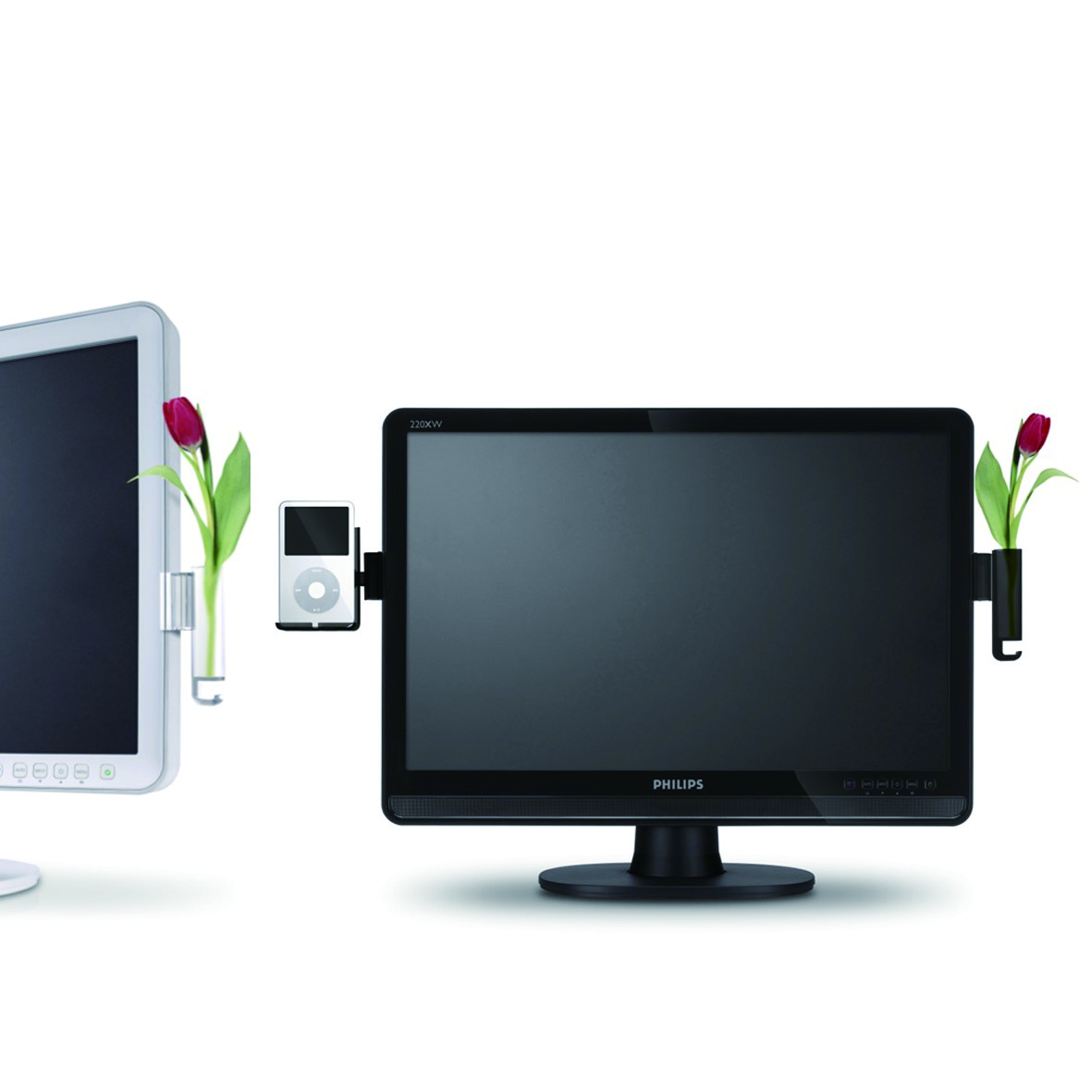
Pic (3) LCD Monitor
We found that the center of a desk is usually the LCD Monitor after analyzing the surrounding environment of various users. Supplementary devices added to the design itself can be used under different scenarios for different users, and allow one’s desk to be used more efficiently and to look more aesthetically.
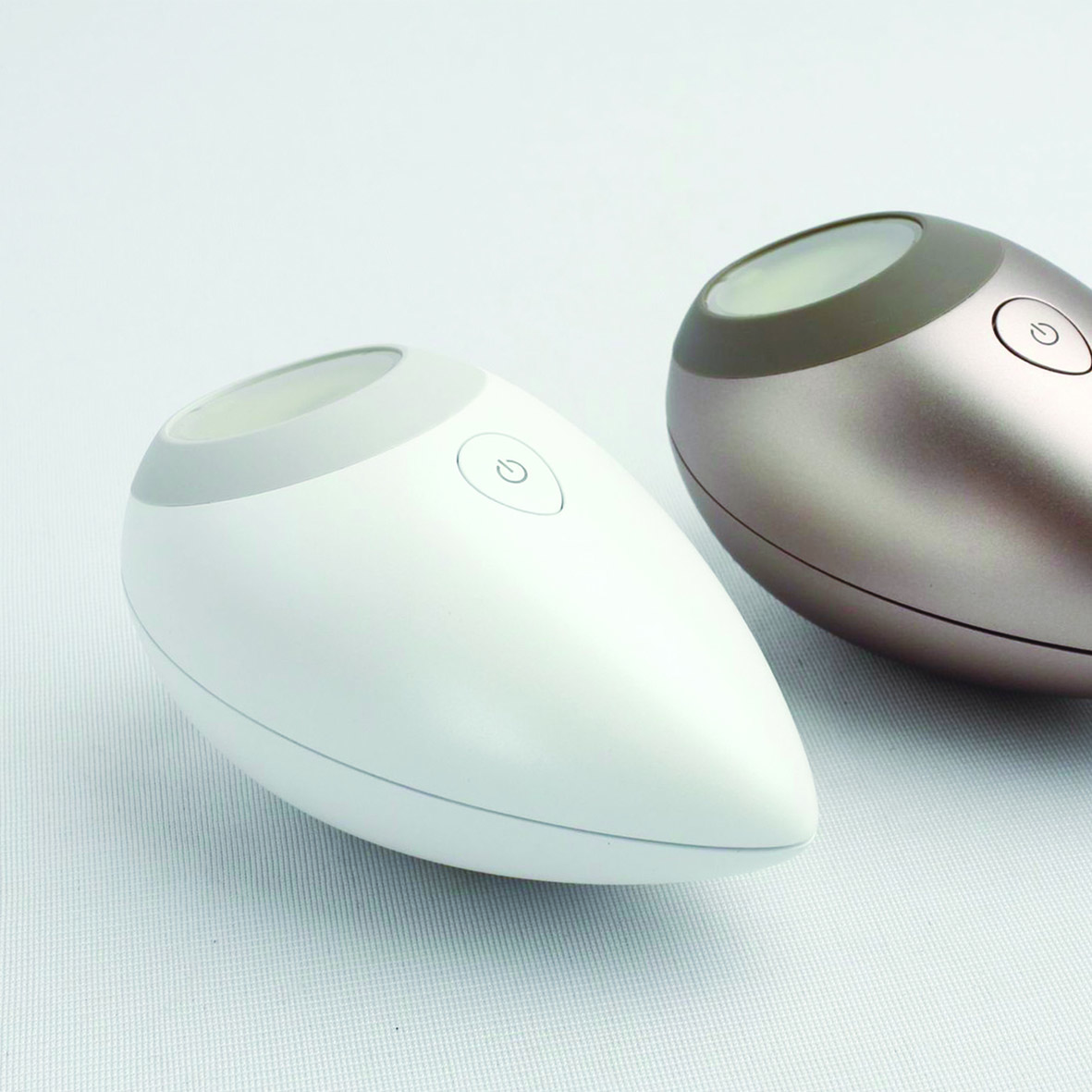
Pic (4) Light Therapy
Light Therapy: turning the cosmetic devices in the beauty clinics into hand-held size products with streamlined and high-techy design.
For example, when designing a chair, in addition to observing the way the user sits, the user’s requirements, where the chair is to be put, and deciding the material, one should think about the nature of a chair. Does it have to be a 4-legged object? Is it a way for resting against gravity for humans, a restriction bound to affect the distance between one another, or an expression of the owner’s lifestyle within the aesthetic context of time and space? Think about the meaning of a chair from different perspectives so that you can free yourself from the stereotypical impression of a chair, instead of beginning to design a 4-legged object that is fixed in your head.
If you observe and think about the meaning behind an object or an action, the perspectives and scope you get to hold will be greatly expanded. You will no longer be bound by the overused personal experience and be able to find a greater issue to tackle, and the ideas that are inclusive of all possibilities will come rushing like the ocean. And your design will solve the problem as all other designs could possibly do but with one exception: its exclusiveness.
Socket and extension core are the two topics students often think about. Many people had the experience of using incompatible sockets and plugs when traveling overseas, or frustrated by an extension core. They seem to be great design topics. However, those who went through the trouble looking for background information would easily find various design examples and solutions in the iF or Red Dot winning designs of the past years. This shows that the design students in the world are thinking from the same angle, tackling the same problem with awe-inspiring approaches. In that case, it is certainly hard for people to recognize your work however excellent it is. Therefore, to address the same issue, one can escalate further, apart from solving the problem, saving energy, facilitating home safety and home aesthetics, one may incorporate the concept of living conditions in the future. For example, the increase of the aged population, the need for quarantine amid the pandemic, and the possible scenarios of virtual world. These are all untackled areas when it comes to designing socket and extension cores.
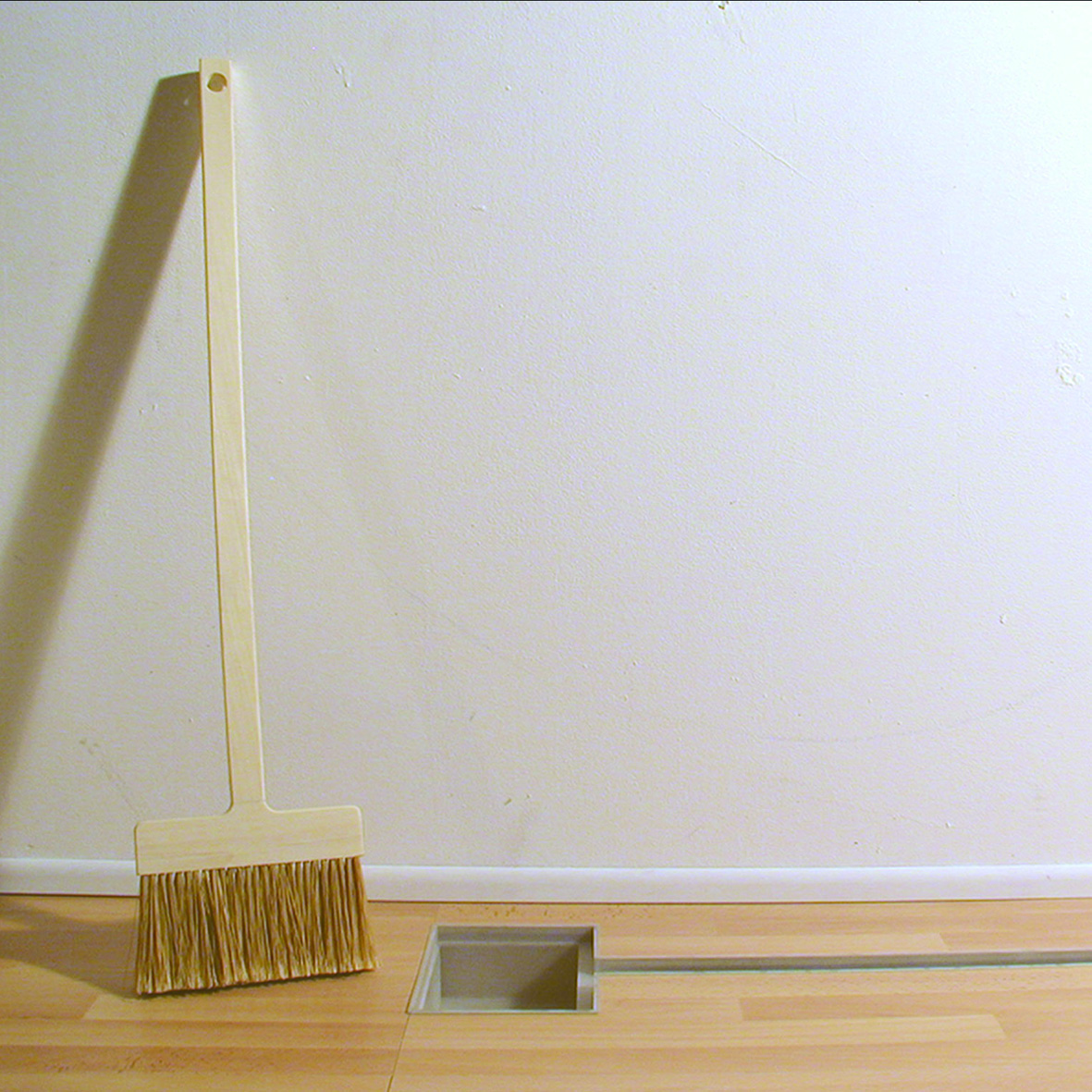
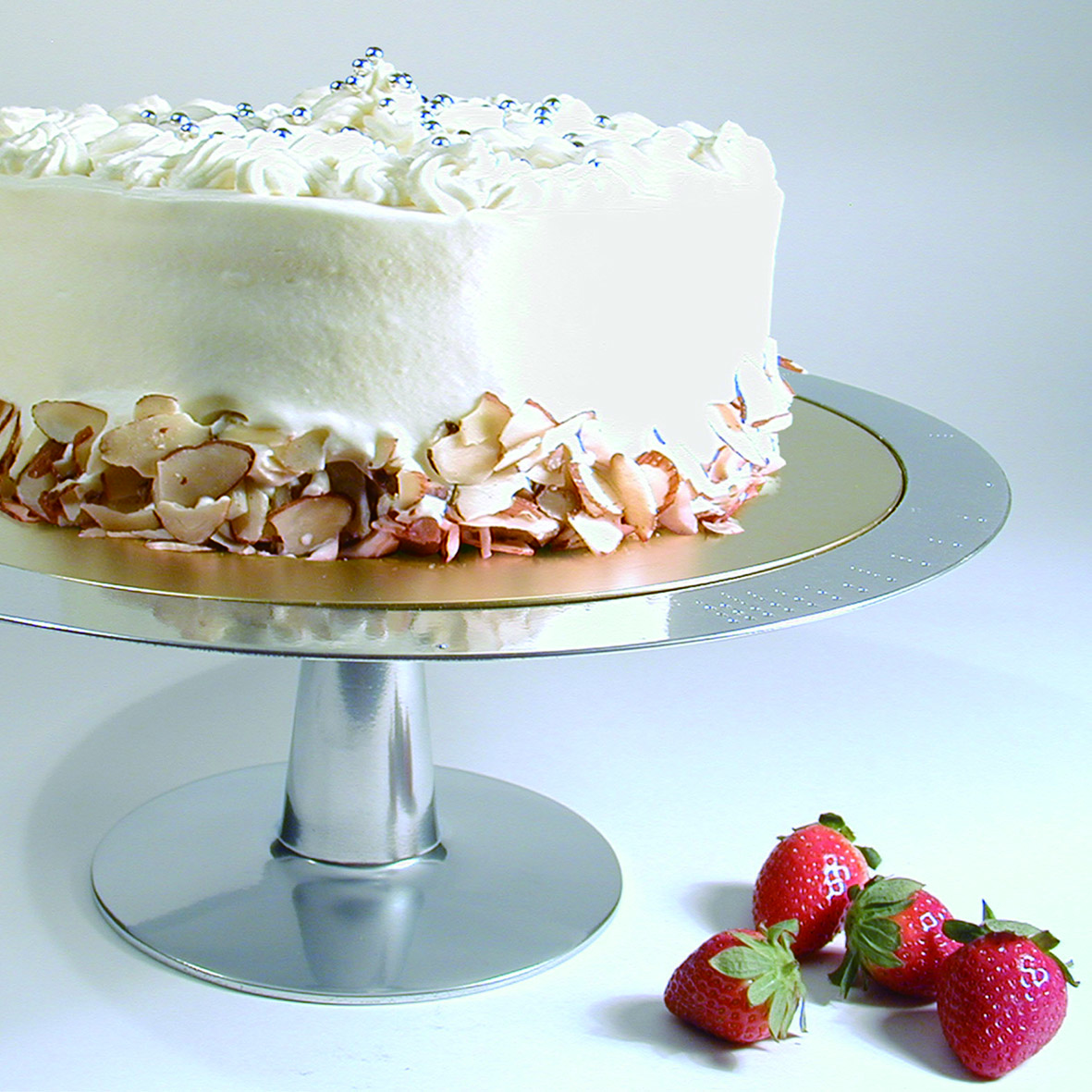
Pic (5) The Broom、Pic (6) CAKE/GUESTS=PLEASURE
The two iF Concept Award designs I made in my years as a student were the first design winning the iF Concept Award in Taiwan. The Broom (pic 5) was a design that took into consideration the relationship between the object and the environment of using. It explores the functional and intuitive meaning of the object, allowing the object to be hidden in the environment where it would be used, and address the need of using it at the same time. CAKE/GUEST=PLEASURE (pic 6) taps into the problem of uneven cake cutting. If the cake can be divided equally to every guest, every guest would receive an equal amount of pleasure. The inner plate can be spinned and the outer plate indicates where the cake should be cut. The design proposed an easy way for people to share a cake.
The inclusiveness and depth of perspective are equally important. Because once you gain a perspective, you need to come up with a solution. However, a designer is not an inventor or a specialist who excels in a specific domain. This is why we need to confirm the feasibility of an idea through conducting experiments or proposing explainable proofs. If the idea cannot be easily realized, we need to tackle the issue from a different angle and search for other possibilities under the same topic, so that the time and effort for background research is not wasted, and the design is not nipped in the bud. Heedless solutions, unattainable plans, or a self-absorbed proposition do not echo with people, nor are they convincing enough to others.
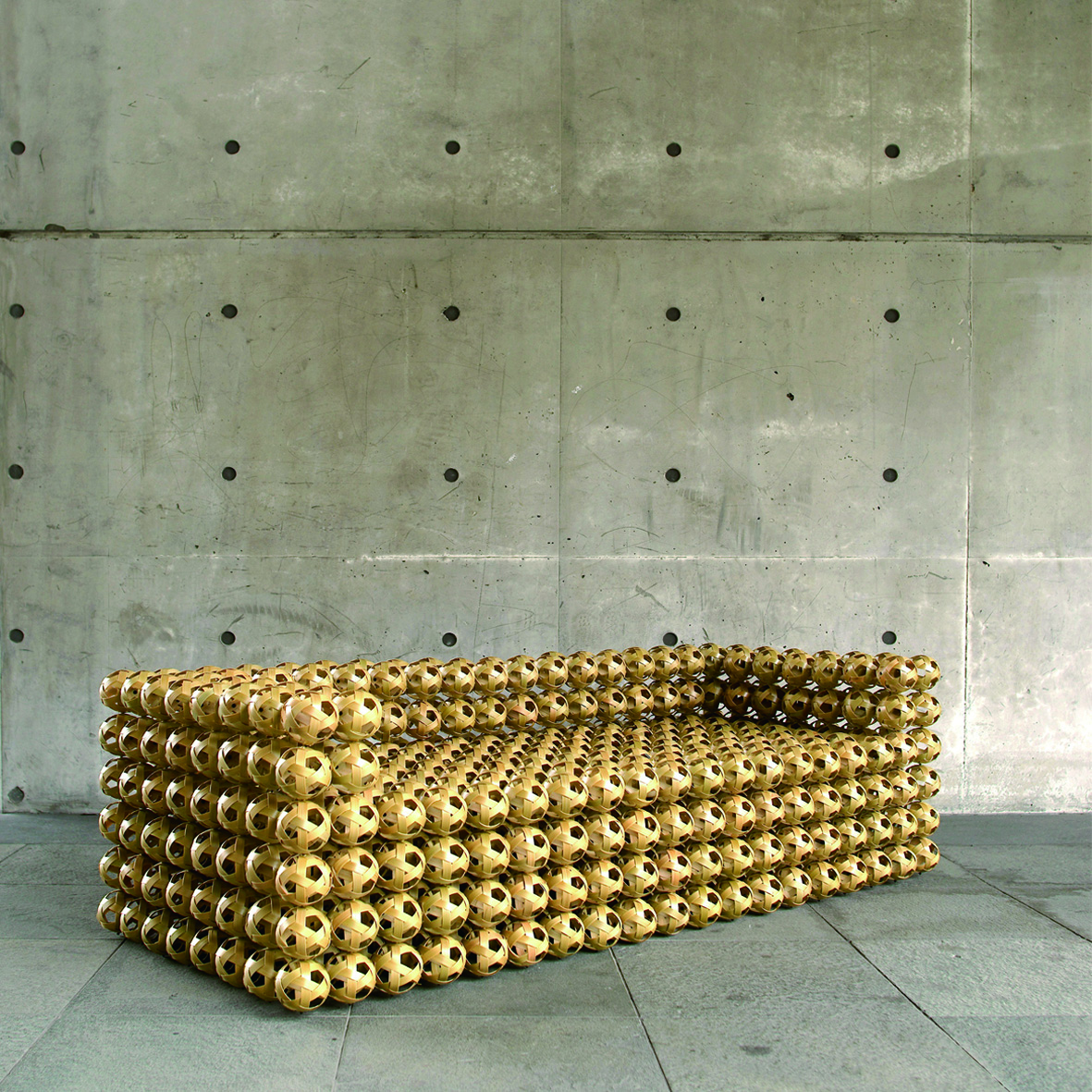
Pic (7) Bubble sofa
The concept of the Bubble sofa (pic 7) arose from the withering industry which works with bamboo. The design aims to attract more to learn about the bamboo weaving technique through introductory bamboo weaving so that the industry does not demise. It also creates a channel from the underprivileged to learn the craft and add another means of living for them. The design was a highlight in the Salone del Mobile Milano, and was well received among hotels and businesses.
The goal: preserving design value and communicating with the world
Information is more accessible than ever in the world where everyone is on the grid, it is easier to know an object as well as observe the environment that uses it. However, such understanding is not equal to knowing the details of a lifestyle or a culture. Designers should get to know the world and broaden their horizons, instead of brainstorming a problem that already has a solution in other countries based on their subjective experience. For example, most people think the night market is a unique element in the Taiwanese food culture, and try to develop a design out of it. Yet, they do not realize that in Thailand, the night market culture has flourished for even a longer time.
Free yourself from the restraints embedded in life, evaluate the perspectives and twists underneath the appearance so that you don’t get overjoyed and attached to the small findings you notice. The process of design is constant conversation within oneself, examining each idea from an objective angle in order to find the most valuable core perspective. The concept or solution proposed by a designer represents the world view and the value that this designer is able to create. Some students might happen to spot an interesting concept and realize it, gaining the favour of the judges and win a design award, but bear in mind that one should not become conceited, because design is constant learning and challenging. If you are not able to develop perspective and ability to understand and interpret the world on your own, you are bound to face a bottleneck sooner or later, and fail to stand out in the fierce and ever-evolving competition.
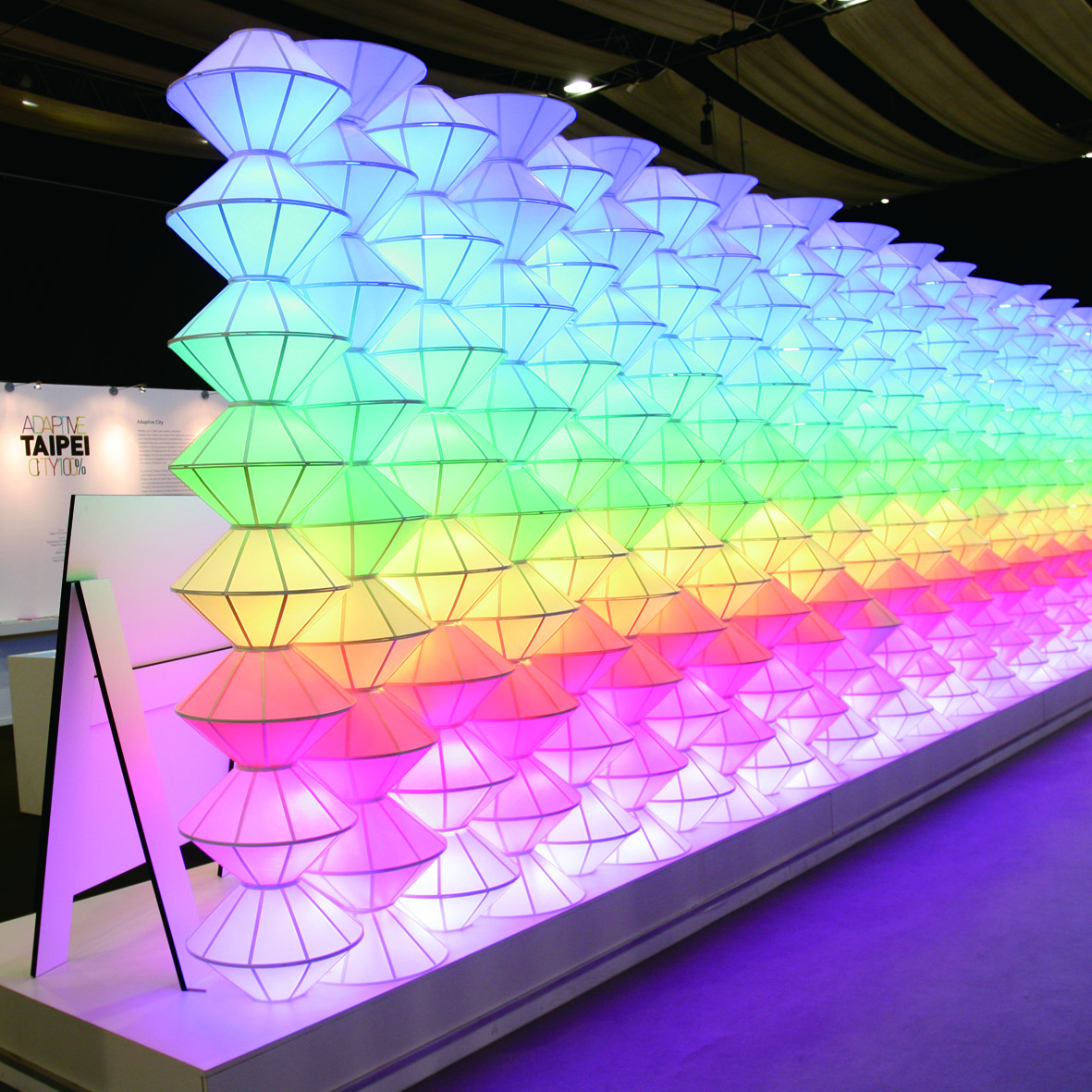
Pic 8: In 2013 the London 100% Design curated the Taipei Exhibition Hall, utilizing the traditional bamboo lantern and LED lighting (pic 8) to design a wall made of bamboo lantern whose color alternates and where texts could run on. It simultaneously manifested the cultural and the technological aspects of Taiwan to the world.
Life has become more convenient than ever, but more problems have arisen for us to address. A designer should identify the value of his perspective and product, and try to live in harmony with this complex world. In the future, user’s demands and better communication could be done by complimenting the product with the software and the experience. Meanwhile, a warming planet and the depleted sources are the irreversible conditions we need to take into account. We should contemplate every single step more prudently and implement the concept of sustainability. When we’re able to solve the problem from a higher level and think about future trends, our design will resonate with others, and we could make minor contributions to the development of human civilization. The real joy apart from winning an award with your design is that you realize you have the power to change the world.
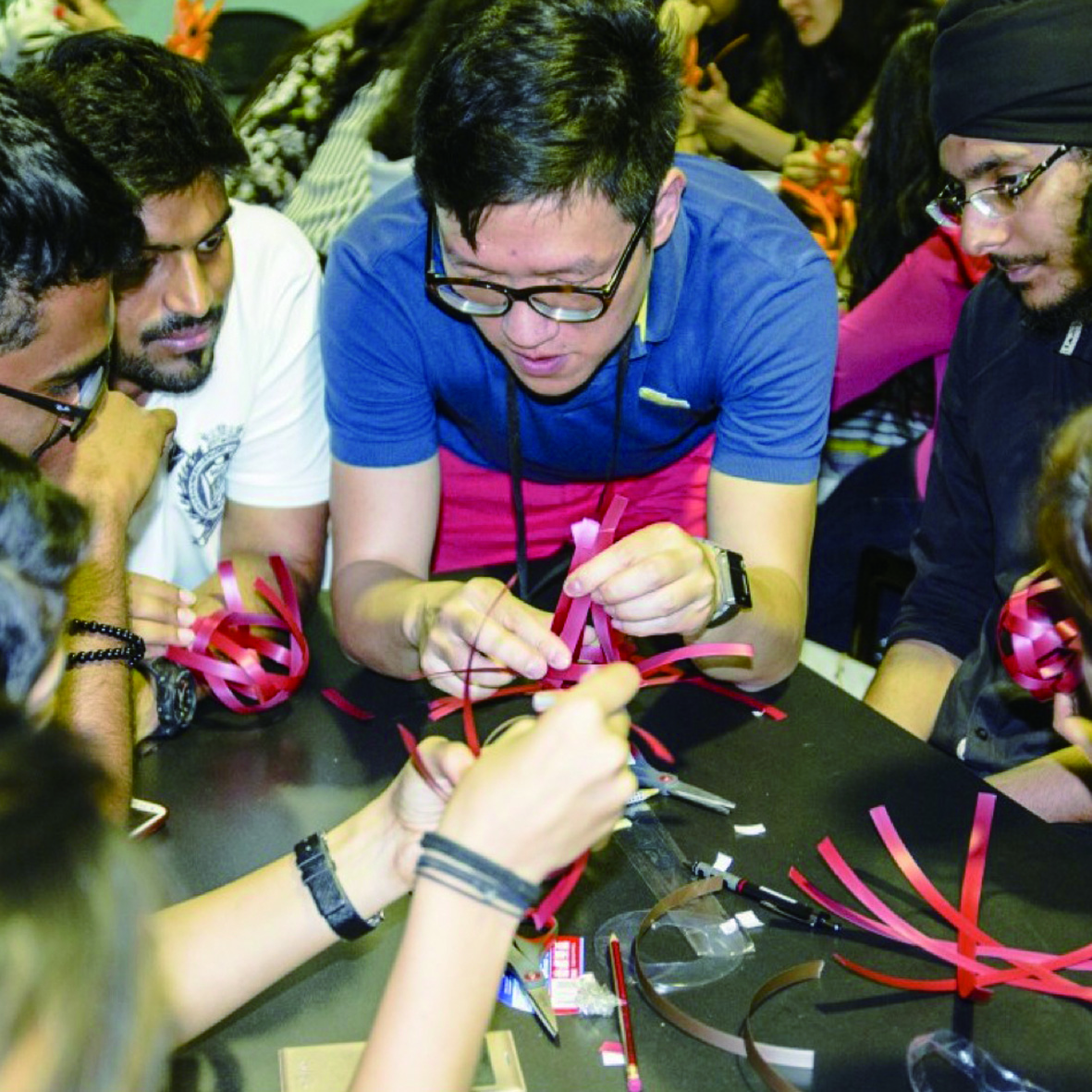
Pic (9): Teaching the technique of bamboo ball weaving in a workshop during the 2015 Dubai Design Festival.
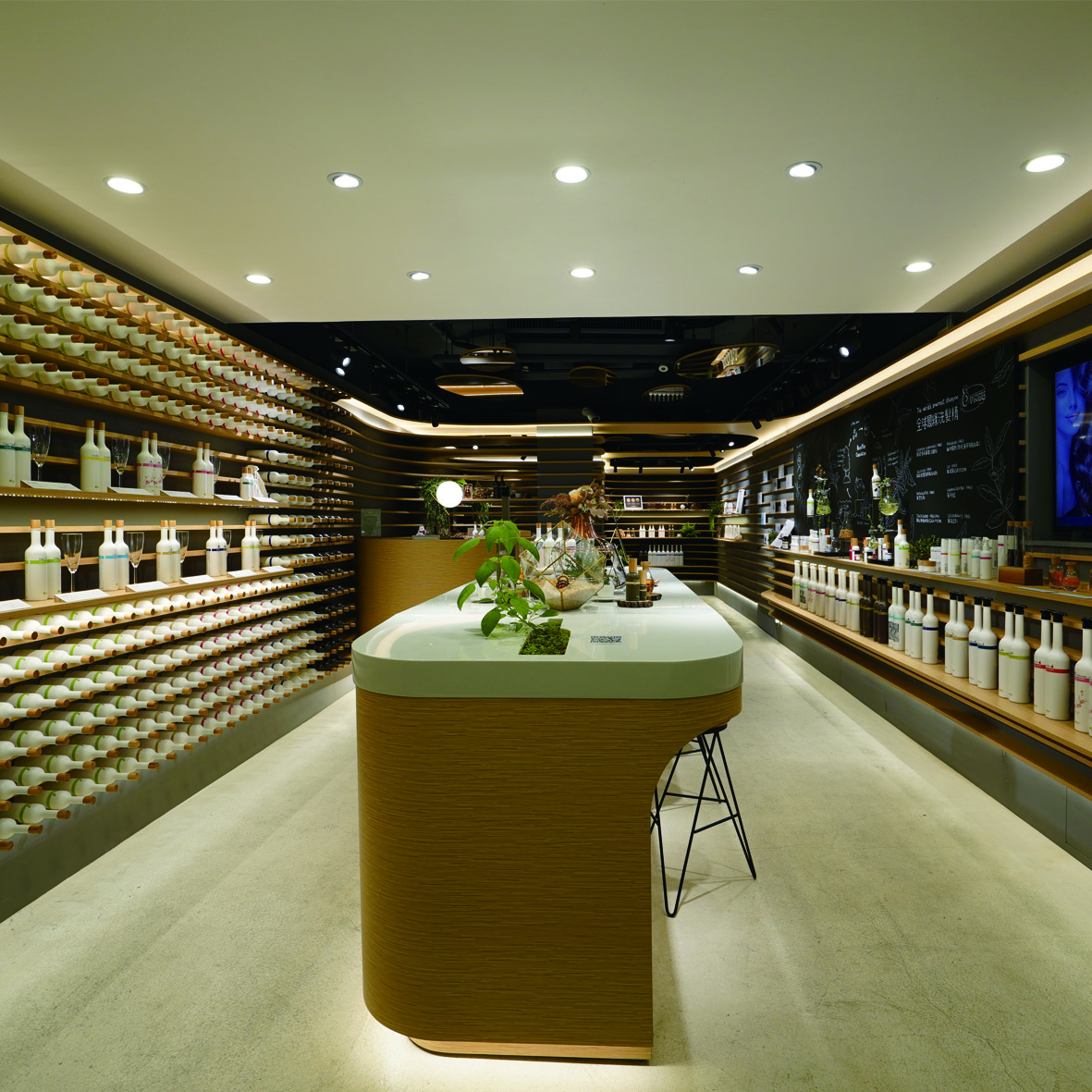
Pic (10): Cooperation with O’right on its flagship store in 2018.
Cooperation with O’right on its flagship store in 2018. The concept of circulating water is embedded in the interior design, demonstrating the concept of environment protection and sustainability that the brand takes pride in. (pic 10)